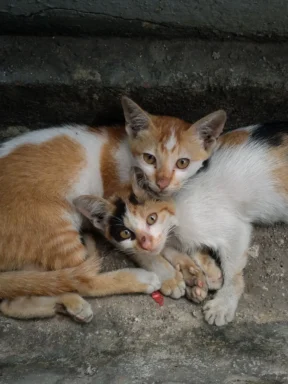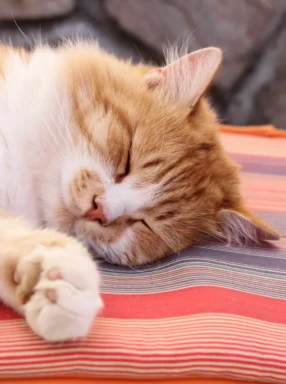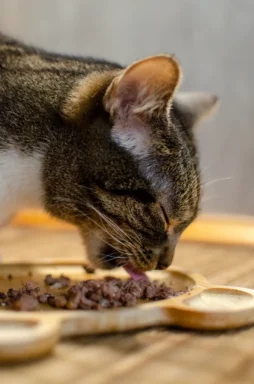Understanding Cat Mating Behavior
Cats, known for their mysterious and often elusive nature, have a unique mating behavior that intrigues many pet owners. Recognizing when and how cats mate is crucial for responsible cat breeding and healthcare. Mating readiness in cats is not just about age; it involves a complex interplay of hormonal changes, environmental cues, and instinctual behaviors.
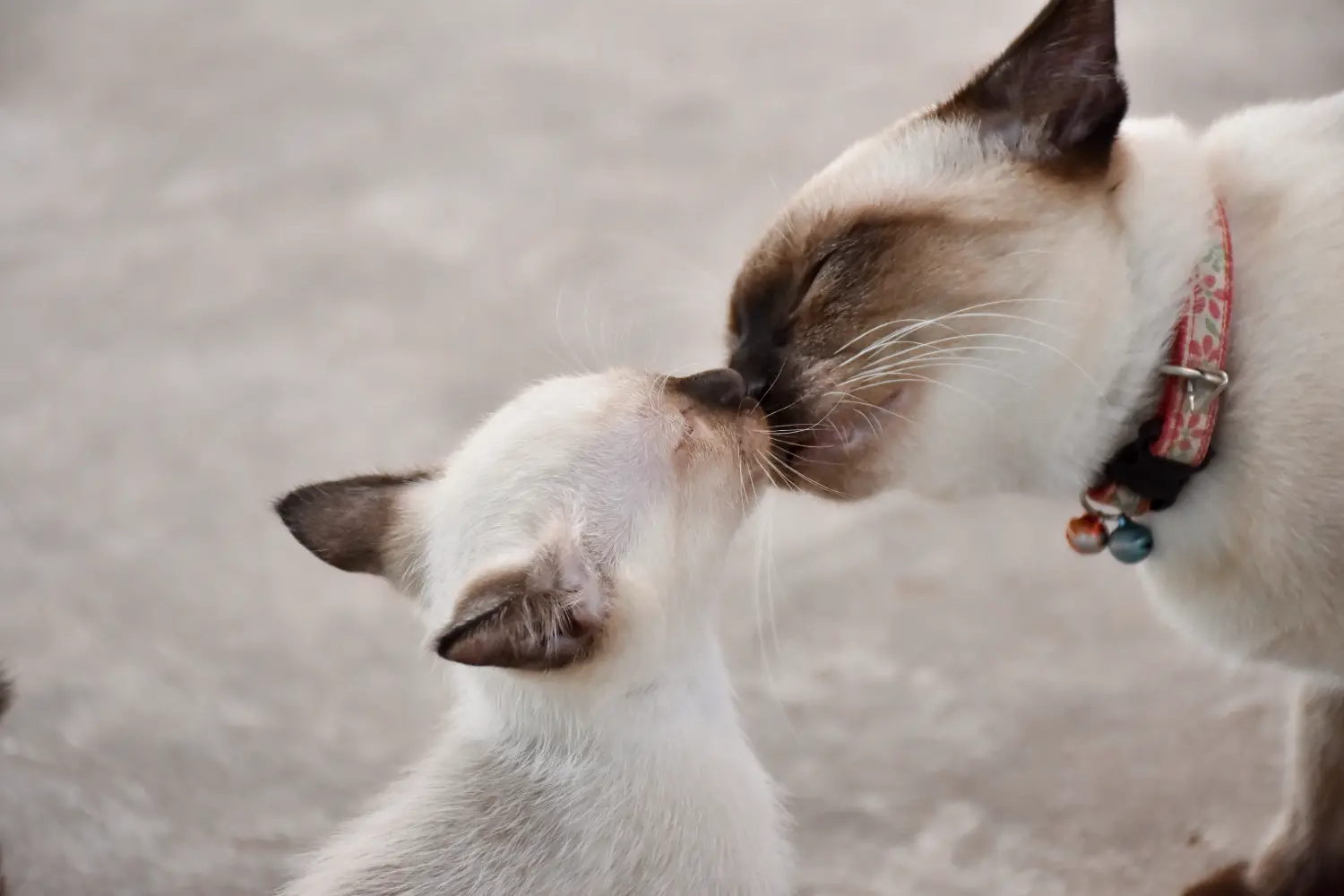
Signs of Mating Readiness in Cats
As cats reach sexual maturity, typically around six months of age, they exhibit distinct signs indicating their readiness to mate. Female cats, or queens, will vocalize more, become more affectionate, and may assume a mating posture. Male cats, on the other hand, may become more territorial, spray to mark their territory, and show increased aggression towards other males.
The Role of Pheromones in Cat Mating
Pheromones play a vital role in cat mating behavior. These chemical messengers are secreted by both male and female cats to communicate reproductive availability. They can influence the behavior of other cats in the vicinity, often leading to a congregation of cats during the mating season.
The Reproductive Cycle of Cats
Understanding the reproductive cycle of cats is essential for anyone interested in feline breeding or health. The cycle consists of several stages, each with unique characteristics and behaviors.
The Heat Cycle Explained
The heat cycle, or estrus, is when a female cat is fertile and ready to mate. It can last anywhere from a few days to a couple of weeks. During this period, the queen exhibits behavioral changes, including increased vocalization, restlessness, and a heightened interest in the outdoors.
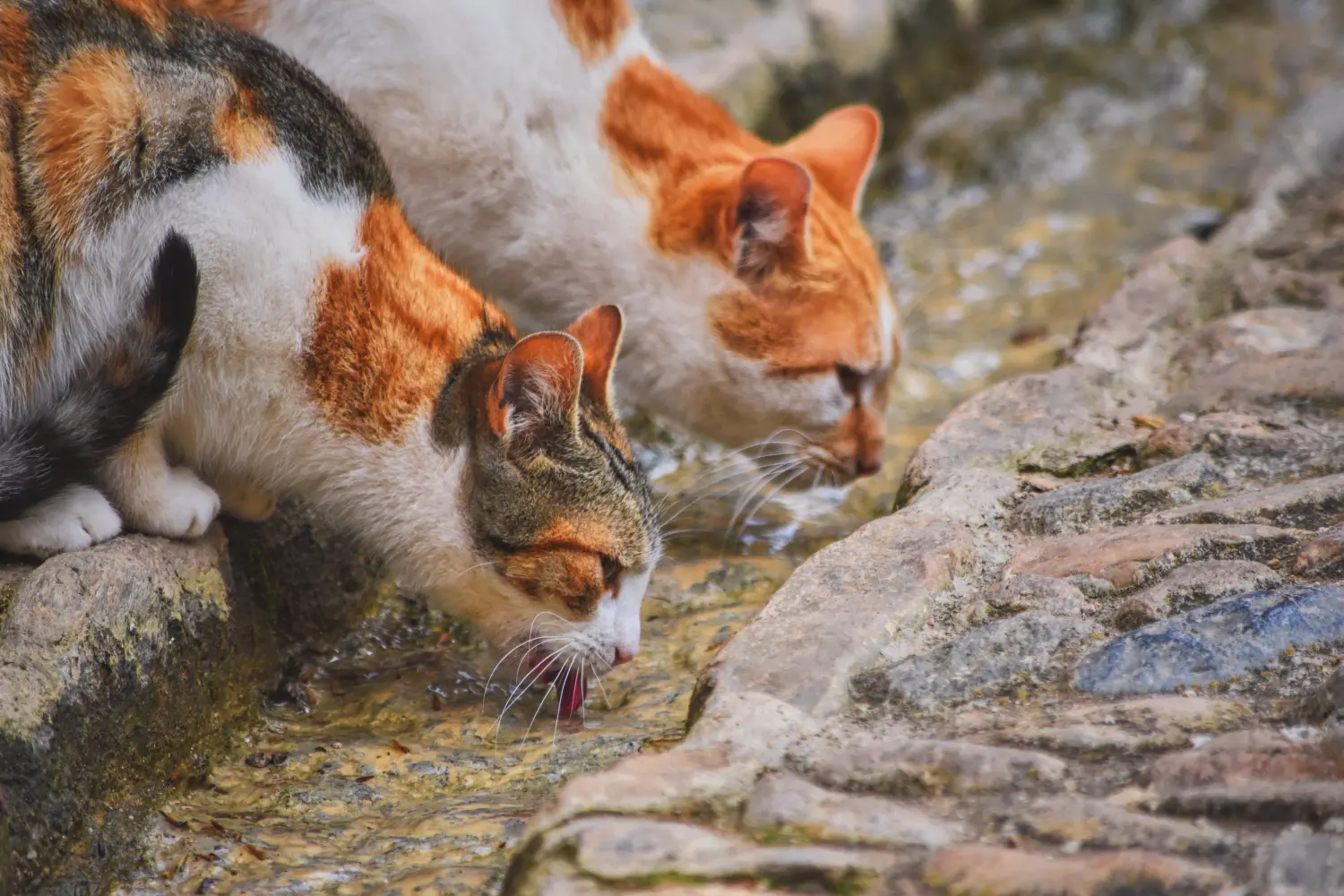
How Often Do Cats Go Into Heat?
Unlike many mammals, cats do not have a specific breeding season and can go into heat several times a year. The frequency of the heat cycle can vary depending on factors like breed, age, health, and environmental conditions.
When Do Cats Typically Mate?
Cats mate at various times throughout the year, influenced by environmental factors and their biological cycles.
Seasonal Variations in Cat Mating
In general, cats are more likely to mate in warmer months, with a noticeable increase in mating activity during spring and early summer. This seasonal pattern ensures that the kittens are born during favorable weather conditions, enhancing their survival chances.
Age and Maturity: When Do Cats Start Mating?
Cats can start mating as young as six months old, but this varies among individuals and breeds. Early mating can have health implications for both the mother and the kittens, making it crucial to understand the right age for breeding.
Health and Wellness During Mating Season
Ensuring the health and wellness of cats during the mating season is vital for their well-being and the health of potential offspring.
Nutritional Needs of a Mating Cat
Mating cats have increased nutritional needs, requiring a balanced diet rich in proteins, vitamins, and minerals. This is especially important for pregnant queens, who need extra nutrition to support the growth of their kittens.
Recognizing and Handling Health Issues
It's important to monitor the health of mating cats closely. Issues like infections, nutritional deficiencies, and stress can affect both the mating process and the health of the kittens. Regular veterinary check-ups and a stress-free environment are essential.
Pregnancy and Birth in Cats
The journey from conception to birth in cats is a fascinating process, requiring careful monitoring and preparation.
Stages of Cat Pregnancy
Cat pregnancy lasts about 64 to 67 days. It's divided into several stages, each marked by different developmental milestones. Early signs of pregnancy include behavioral changes, increased appetite, and weight gain.
Preparing for Kitten Birth
As the due date approaches, prepare a quiet, comfortable birthing area for the queen. It's also essential to have a plan in case of emergencies and to understand the normal birthing process to recognize any complications.
Spaying and Neutering: Managing Reproduction
Spaying and neutering are critical for controlling the cat population and preventing health issues related to reproduction.
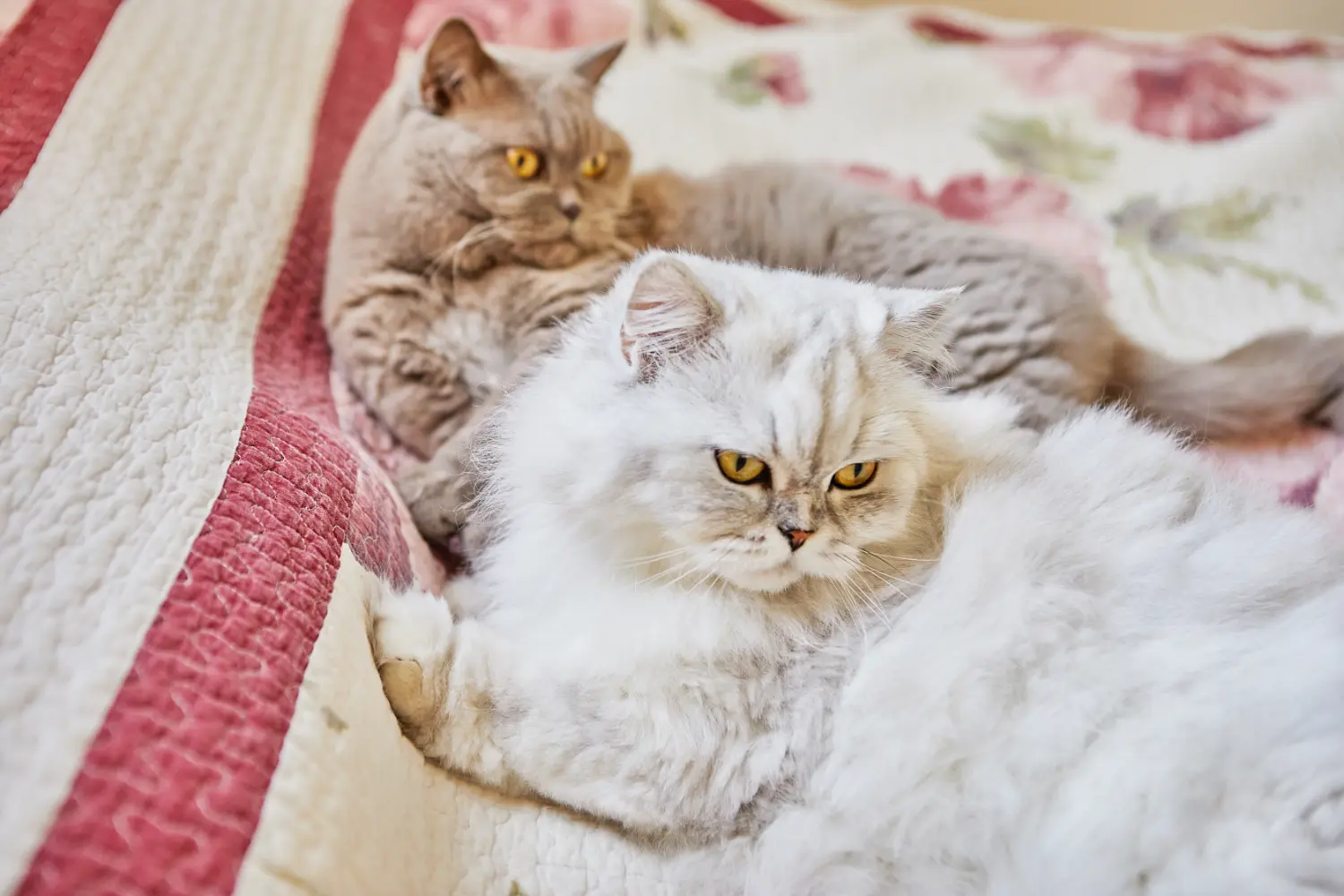
Benefits of Spaying/Neutering Your Cat
These procedures reduce the risk of certain cancers, eliminate the risk of unplanned pregnancies, and can lead to a calmer, more sociable pet. They also help reduce the number of homeless cats.
When to Consider These Procedures
The best time to spay or neuter a cat is before their first heat cycle, usually around five to six months of age. However, these procedures can be performed at any age.
FAQs
How can I tell if my cat is in heat?
A cat in heat will exhibit several signs, including increased vocalization (often loud yowling), restlessness, affectionate behavior (like rubbing against people or objects), and assuming a mating posture (with the hindquarters raised). Some cats may also become more eager to escape outdoors.
What is the average litter size for cats?
The average litter size for cats is typically between three to five kittens. However, this can vary based on the breed, age, and health of the cat. First-time mothers usually have smaller litters compared to more mature cats.
Can cats get pregnant during their first heat?
Yes, cats can get pregnant during their first heat cycle, which can occur as early as six months old. However, breeding a cat during her first heat is not recommended, as she is still growing and may not be physically or behaviorally mature enough to handle pregnancy and motherhood.
How can I prevent my cat from mating?
The most effective way to prevent your cat from mating is through spaying (for females) or neutering (for males). These surgical procedures not only prevent unwanted pregnancies but also offer health benefits. Keeping your cat indoors, especially during the heat cycle, can also prevent mating.
Is it safe for cats to mate with siblings?
While cats can mate with siblings, it's not recommended due to the risk of genetic disorders and health problems in the offspring. Inbreeding can increase the chances of hereditary diseases and may result in a weaker immune system in the kittens.
How do I care for a pregnant cat?
Caring for a pregnant cat involves providing a nutritious diet, ensuring a stress-free environment, and regular veterinary check-ups. Pregnant cats need more calories and nutrients, especially in the later stages of pregnancy. Create a comfortable nesting area for the cat to give birth and be prepared for any emergencies.

